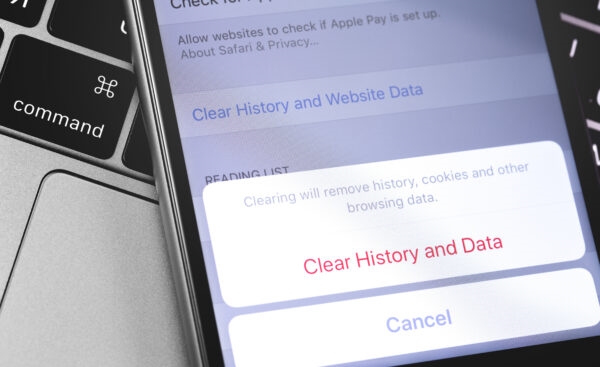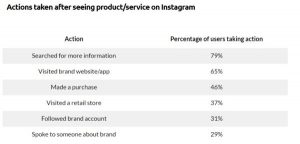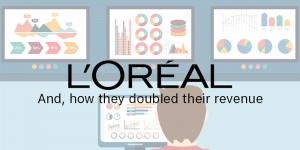
It’s no secret that third-party cookies are on their way out. Consumers have demanded more control over the data they share, and government regulations and browsers followed suit.
According to StatCounter, we can expect an 82% decline in addressable media with the loss of third-party cookies. This equates to a huge loss of data — data that influences strategy, builds connections, and, ultimately, drives sales.
So, how do you intend to replace that loss?
Successful organizations will move to a first-party strategy. Without a proper plan, marketing teams will stumble through privacy regulations and struggle to create optimized campaigns, especially if that data is segregated across platforms or lives in third-party silos.
Here are some steps you can take to transition to your new data strategy and collect, manage, and use the data to its fullest potential.
Create an actionable roadmap
Outline your marketing goals and objectives, such as increasing qualified leads, customer retention and upsells. Then map the kind of data you’ll need to make those goals a reality. For instance, if you’re a new brand looking to grow share of voice, simple demographic inputs may help generate the broad awareness you seek. However, if sales is the goal, you’ll want to get much closer to the end customer with personalized data collection like beverage of choice or favorite workouts.
Choose partners that help collect, segment, and target
Expert agencies and technology solutions can help transform data into personalization and engagement tactics. They can also help enhance customer profiles with data acquired through first-party touchpoints. When aggregated into a comprehensive customer data platform (CDP), the segmentation allows for targeted loyalty and retention programs at scale.
Apply across the customer journey
Leverage technology to customize the right first-party data collection at the right time and supercharge conversations. The beauty of a first-party data strategy is its ability to influence decisions across the journey. Brands can connect with in-market customers in the late funnel stage by deploying local messages like store information or weather conditions to move products off shelves.
Ensure privacy compliance and build trust
First-party data experts ensure that customer profiles comply with privacy policies and regulations including the California Consumer Privacy Act (CCPA) and Europe’s General Data Protection Regulation (GDPR). Additionally, as you remain transparent on how data will be used, you will strengthen customer relationships.
First-party data provides opportunities for brands to connect and engage with their customers on a deeper level than ever before. This data is unique to your brand so the programs you create allow for greater differentiation in the marketplace. The right agency and technology solution are key to helping you unlock your data into more informed personalization tactics, optimized campaigns, and seamless buying experiences, and will also help you build trust.
Read more on this topic in this whitepaper: The Cookieless Future Whitepaper
Digital & Social Articles on Business 2 Community
(41)






